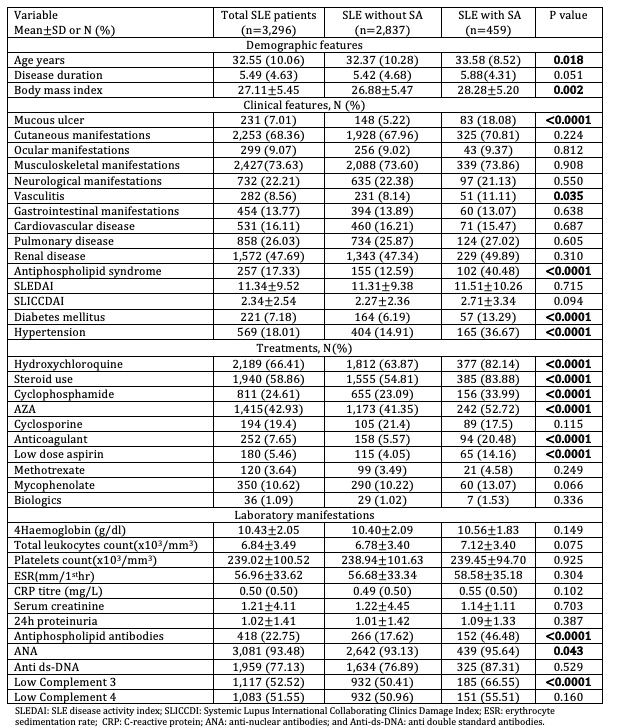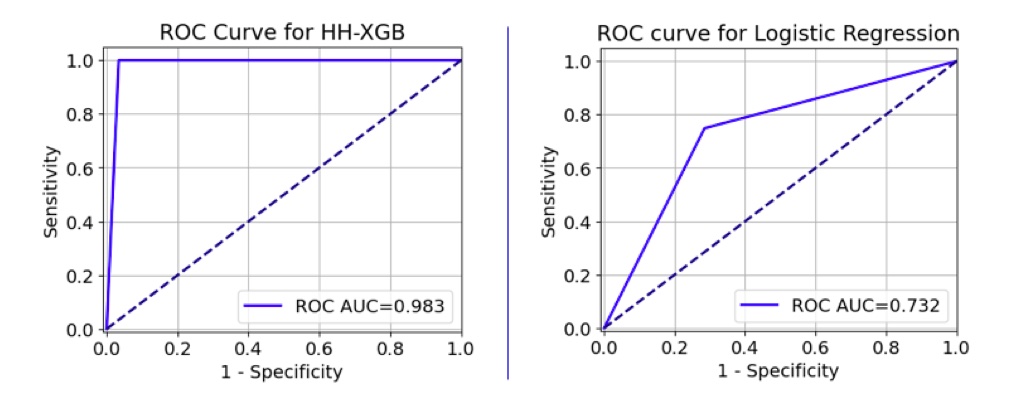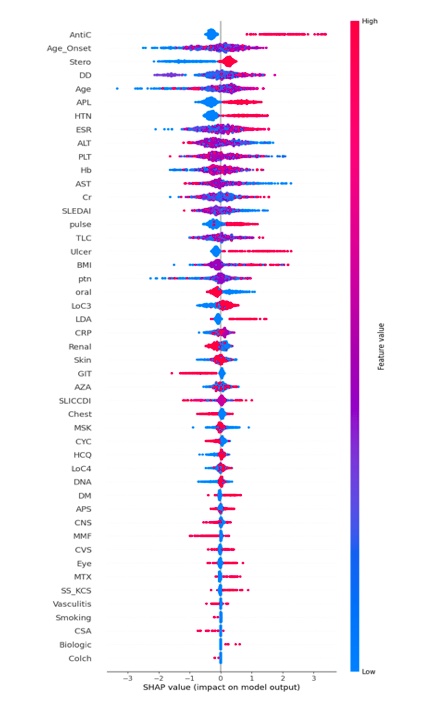Session Information
Session Type: Poster Session A
Session Time: 10:30AM-12:30PM
Background/Purpose: Systemic lupus erythematosus (SLE) predominantly affects women of childbearing period. SLE increases the risk of adverse pregnancy outcome including spontaneous abortion (SA), which causes emotional stress to women and seriously affects family life. Predicting SA is essential for pregnant women with SLE to minimize its risk.
Several studies have shown that some clinical and laboratory indicators could predict the risk of SA in SLE women. However, traditional statistical methods only found a modest correlation between some factors and SLE-SA and are frequently associated with poor predictive performance upon validation. Thus, this study aimed to develop a predictive model applying Extreme Gradient Boosting (XGBoost) optimization to identify the risk factors for SA among women with SLE.
Methods: Data were derived from the Egyptian College of Rheumatology (ECR)-SLE cohort, a national multicentre study that was created by specialized rheumatologists across the country1. The study included 3,296 adult SLE women fulfilling the SLICC classification criteria and those having SA data available were selected. SA was defined as pregnancy loss up to 20 weeks gestation.
Forty-seven variables including patient demographics, clinical manifestations, disease activity, and damage using SLE disease activity index (SLEDAI) and SLICC damage index (SLICC-DI), comorbidities, medications, and laboratory data for each patient were used as inputs for building and testing XGBoost. The model was evaluated using area under the receiver operating characteristic curve (AUCROC), and was compared to the logistic regression (LR) model results. Then the importance and direction of each variable contributing to the risk of SA were evaluated using Shapley additive explanation (SHAP). Stata statistical software version 15 (Stata-Corp) and the Python language (version 3.7.12) were utilized for data analysis.
Results: A total of 3,296 SLE women [mean ±SD age; 32.5 ±10.1 years; and median disease duration 48 months]. The mean SLEDAI score was 11.3±9.5. About 13.9% of the included patients had at least one abortion (Table 1). By applying optimized XGBoost, we obtained a model characterized by an AUC-ROC value of 0.98, while the LR has an AUC-ROC value of 0.73 (Figure 1).
Figure 2 shows the influence of variables on SA in the prediction model. Positive antiphospholipid antibodies, low complement 3, longer disease duration, hypertension, mucocutaneous ulcers, anticoagulants, and steroid use were among the important factors associated with SA in SLE patients.
Conclusion: Using information obtained in the clinical settings, the machine learning model identified patients at higher risk of spontaneous abortion in women with SLE better than the traditional statistical method. Further longitudinal studies are necessary to evaluate the clinical utility of the proposed prediction model.
To cite this abstract in AMA style:
Hammam N, N. Ismail W, I EL-Gazzar I, Hammam O, M Khalil N, F Mohamed E, Noshy N, F El-Essawi D, R El Shereef R, Ismail F, ElKhalifa M, M Fathi H, Senara S, Tharwat S, I Nasef S, R El-Najjar A, M Abdalla A, Bakhiet A, Elsaman A, A Gheita T. Prediction of Spontaneous Abortion in Women with Systemic Lupus Erythematosus (SLE) Based on Machine Learning Model: Insights from the Egyptian College of Rheumatology (ECR)–SLE Cohort [abstract]. Arthritis Rheumatol. 2024; 76 (suppl 9). https://acrabstracts.org/abstract/prediction-of-spontaneous-abortion-in-women-with-systemic-lupus-erythematosus-sle-based-on-machine-learning-model-insights-from-the-egyptian-college-of-rheumatology-ecr-sle-cohort/. Accessed .« Back to ACR Convergence 2024
ACR Meeting Abstracts - https://acrabstracts.org/abstract/prediction-of-spontaneous-abortion-in-women-with-systemic-lupus-erythematosus-sle-based-on-machine-learning-model-insights-from-the-egyptian-college-of-rheumatology-ecr-sle-cohort/



